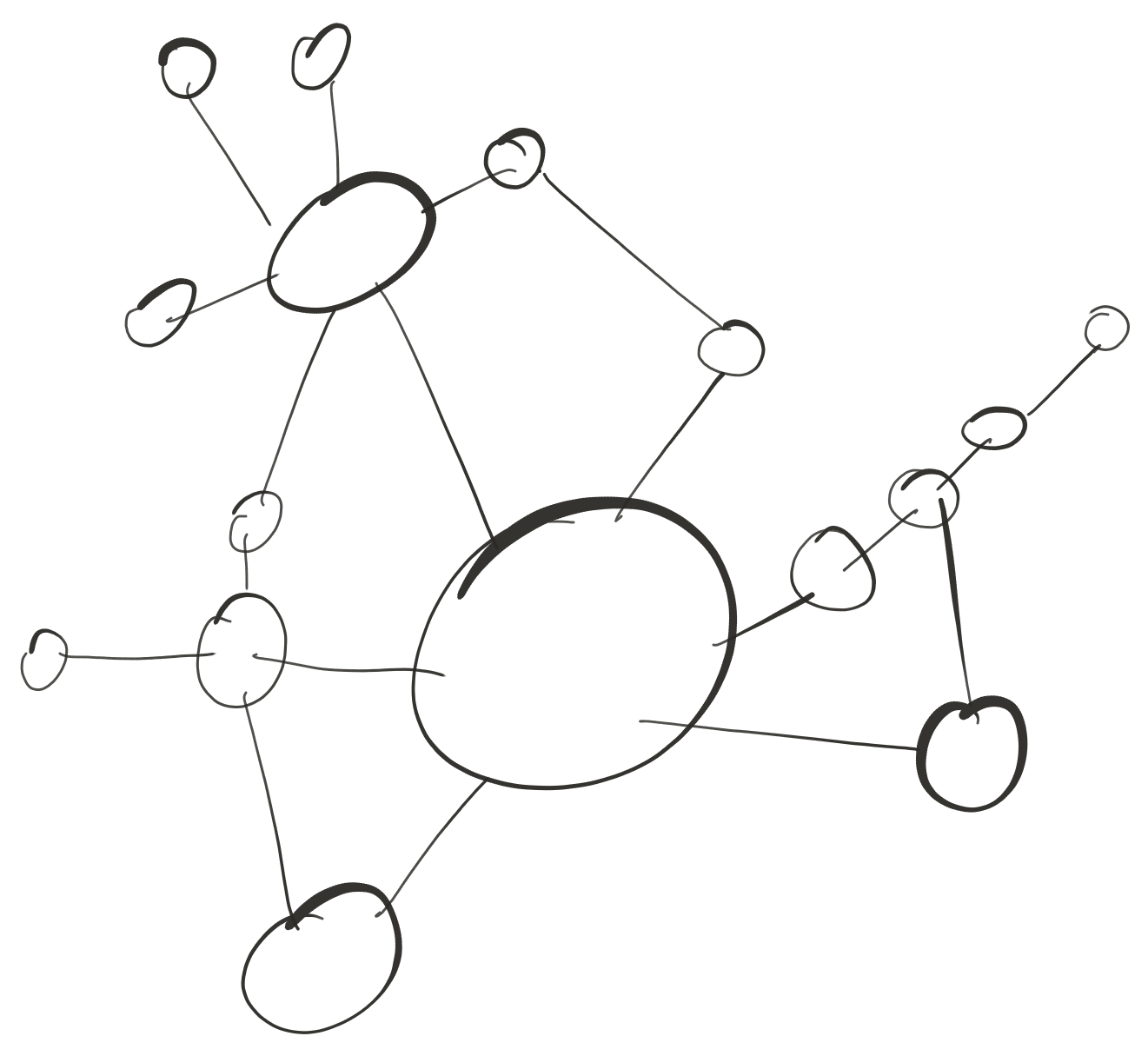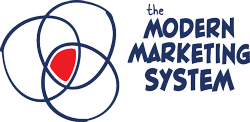World Building 101 for Marketing

Whatever You Think, Think the Opposite (p.90) by Paul Arden
Attracting and engaging with audiences are two critically important skills for modern marketers, and there’s no shortage of advice one-click away promising instant results.
“4 Steps to Building a Content-Generating Machine,” “Top 10 Best Converting Headlines,” and “Top 5 Instagram Influencer Marketing Hacks” have appeared in our newsfeeds and inboxes already this week.
Broadly speaking, these strategies fall in one of two camps.
On one side are the hardcore direct response marketers using ‘big idea’-driven curiosity, bold promises, and a toolbox crammed full of persuasion techniques to monetize attention as quickly as possible.
On the other end of the spectrum are Gary Vaynerchuk-inspired media producers who use social platforms, highly-optimized content, and personality to build, entertain, and monetize attention.
Before we continue, let’s be very clear — both of these strategies (and many in between) work. But, we think there’s a much better way.
For the past 10+ years, we’ve been using and refining a completely different approach to attract and engage with audiences that have produced phenomenal results for us and our students.
That strategy is world building.
Instead of using aggressive direct response or media production approach, we build “worlds” for our audiences to inhabit. Worlds that acknowledge their implicit and explicit motivations, show them better ways to solve their problems, meet their needs, fulfill their desires, and position ourselves as trusted, caring fiduciaries.
Our approach is inspired by writers who build worlds that capture their audiences’ attention, immerse their readers in a story that feels real in every possible way, and pulls their readers forward page by page, scene by scene with narrative tension.
These worlds can be familiar, like 1940s New York City for the Corleone family, or they can include the magic of Harry Potter, the Force in Star Wars, and the dragons, elves, hobbits, and dwarves of Middle Earth.
When you build worlds, you’ll attract people who want to be insiders — part of your tribe — and you’ll naturally repel everyone else.
“People like us do things like this.” — Seth Godin
The question, of course, is how do we do it?
We’re glad you asked.
Let’s start with a big picture metaphor that can make this concept more accessible.
Towns, Cities, and Worlds
World building can feel overwhelming, especially at first. Start small, and then expand from there.
Rather than try to build an entire world for your ideal prospects to inhabit, think about creating a small “town.” That might be a simple website and a Facebook page, for example.
You’ll attract a small audience, and that’s OK. As the audience expands, your small town will gradually turn into a city as you add more interconnected pages and other elements. That means more content and more opportunities to engage with your audience in meaningful ways. More engagement generates more feedback too, and that creates a virtuous cycle.
The city you create will have a certain ‘feel’ that pulls your ideal audience toward you. There are reasons why some people are magnetically drawn to New Orleans vs. New York, Paris vs. London, or Berlin vs. Dubai.
Just as New York attracts people who love the energy, buzz and diverse population, it also repels people who don’t resonate with the culture and nuances of the city.
The same is true for the world you’re building (and the world we are continuously expanding here).
- Who do you want to attract?
- What’s important to them?
- How can you infuse your personality into your world in ways that pull the right people toward you?
- Who are the people you don’t want as customers?
- How can you engineer insights and create Easter Eggs to be discovered that builds a ‘sense of wonder’ within the world you’re creating that pulls and tugs at them emotionally?
- In what ways can you engage meaningfully with your audience (email, video, in-person, etc.)?
Once you understand the big picture metaphor of towns that expand to cities and cities that grow into worlds, the next distinction is the inner vs. outer world.
The outer world is the content you create that is visible (and discoverable) to everyone. Blog posts, manifestos, email newsletters, pre-sells, social media, articles, free trainings, speaking engagements, etc.
The “inner world” is accessible only to customers. Courses, services, products, books, consulting, etc.
The inner and outer worlds are interconnected — all of the parts interact within and across boundaries to produce emergent effects and create superfans.
To help you think about some of the nuances of world building, we’ve created a three-part framework inspired by an August 2018, Ezra Klein interview with N.K. Jemisin — the first person to win three Hugo Awards in a row for best novel and the first person to win a Hugo Award for each of the three books in a trilogy.
“What makes Jemisin’s work so remarkable is the power and detail of the worlds she builds for her characters, and her readers, to inhabit.” — Ezra Klein
Jemisin teaches a world building seminar for science-fiction and fantasy writers and she took Klein through a similar exercise during the interview.
The depth of her insights and mastery of her craft are profound. We may not need all of the world building tools in an award-winning fantasy author’s toolbox, but we can use some of the same ideas to inform and dramatically improve our marketing.
We’ve created a simple framework to follow that captures the power of Jemisin’s ideas and brings them down to earth where they’re more easily applied to our style of modern marketing.
Our framework for building worlds for our ideal prospects and customers to inhabit includes three N.K. Jemisin-inspired categories — science, politics, and culture.
Together, these categories point the way for us to develop empathy for our prospects, clarity about the value we have to share and how it relates to them, and integrity in our messaging.
Science represents the non-negotiable aspects of the world you’re creating. These are your most deeply held values that you refuse to violate. They are the equivalent of gravity in your world.
(In Beyond Entrepreneurship 2.0, author and consultant Jim Collins refers to this as ‘Vision’ — a combination of core values, beliefs, purpose, and mission.)
For example, four of our core values include:
- Relationships before transactions.
- Treat everyone like a customer regardless if money has changed hands.
- Always lead with meaningful value.
- Insights, not information.
These values are foundational for us. They are as much a part of the world we create for our audience as the Laws of Thermodynamics are necessary to understand physics.
Politics is about power — who has it in your market, and how is that power exercised and displayed?
Is there an 800-pound gorilla that dominates your market (for example, Amazon for e-commerce or The Motley Fool for personal investing)?
Are there well-known personalities that set the tone (for example, Tony Robbins in the personal development market)?
How do competitors sell to your audience?
Do they use hardcore, direct response-style persuasion with ‘boiler-room’ call centers, endlessly optimized funnels with every automated marketing trick in the book, or in-person conferences to build excitement and sell from the stage?
(Pro tip: it’s important to understand how your competitors are marketing and selling, even if — especially if — you choose to market and sell differently. One way to stand out in a market is to draw attention to, and sell against, conventional strategies.)
Culture identifies what is most meaningful and important to your audience as it relates to the value you’re able to create for them.
- What significant problems are they trying to solve?
- What desires would they most like to fulfill?
- What matters most to them?
Think beyond functional needs and desires — how does your audience want to feel as a result of their interactions with you and the world you’ve created for them to inhabit? That’s where you want to focus your attention.
Five-Step Framework Exercise
Here’s an exercise to turn these ideas into action that will benefit you (and your audience).
Step 1: Divide a document (or sheet of paper) into three columns and title those columns Science, Politics, and Culture.
Step 2: Make a list of 3-5 values that guide your business decision-making and put those in the Science column.
For example: “Always follow the Golden Rule.”
Step 3: Answer the following questions for the Politics column:
- Who are the dominant players in your market?
- Who are the well-known personalities in your market?
- What are the most common ways that your audience is marketed and sold to?
Step 4: Answer the following questions for your Culture column:
- What are the significant problems you can help your audience solve?
- What are the meaningful desires you can help your audience achieve?
- What emotions are driving your audience’s decisions?
Step 5: Expand (and refine) these lists over time. Ask questions, solicit feedback, and listen very carefully to what your audience tells you.
Most of what you’ve articulated in this exercise will be for your eyes only. It will inform your marketing, but it’s not your marketing.
Like an iceberg, only 10% of your world building is visible to your audience, according to Nora Jemisin. The rest is invisible to them (but it’s there to keep pointing you in the right direction).
If you’re ready to put this into action, finish the exercise above and then use what you’ve discovered to create a landing page following our Landing Page Framework.
Final Thoughts
The most significant difference between traditional marketing methods and world building is the interconnectedness of the touch points.

A touch point is any marketing piece or other asset that your audience can interact with (and find). It could be a Facebook ad, landing page, blog post, video, article, email series, or an entire course.
World building creates interconnectedness and cohesion among touch points which creates a sense of being a part of something bigger in ways that are often surprising and genuinely relevant.
World building underpins everything we do. Our ads, website, the content we create (like this page you’re reading now), the emails we write, and the courses we create — everything we do is part of a larger system engineered for insights to flourish.
We’re created a world for our ideal audience to explore at their pace, not ours. No optimized funnels, no false scarcity, no unnecessary urgency. For us — and many others — that has made all of the difference.
If this resonated with you, let us know. We’d love to know how you plan to change how you interact with your audience using the simple world building framework.
—Shawn & André
Note: This is a reprint of a previous Emergent Marketing Newsletter. If you’re not receiving our email newsletter, you can subscribe here.

